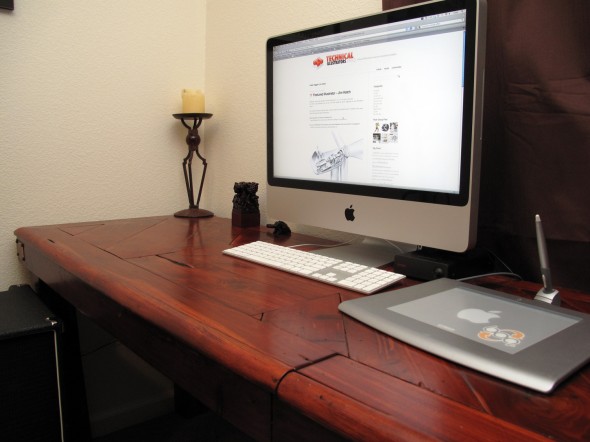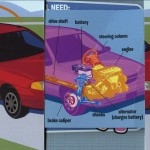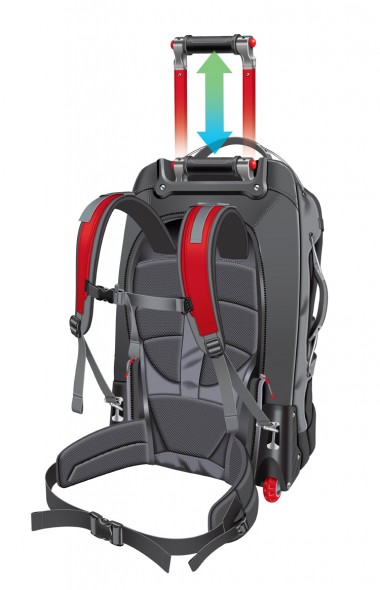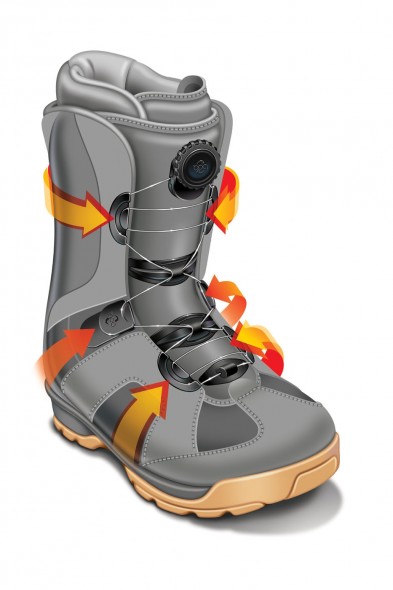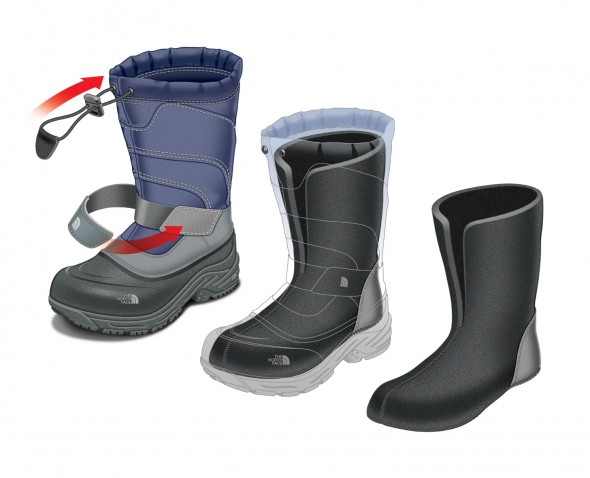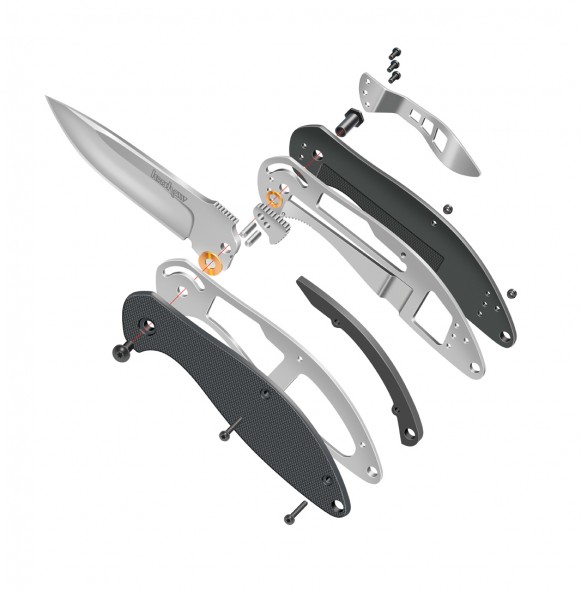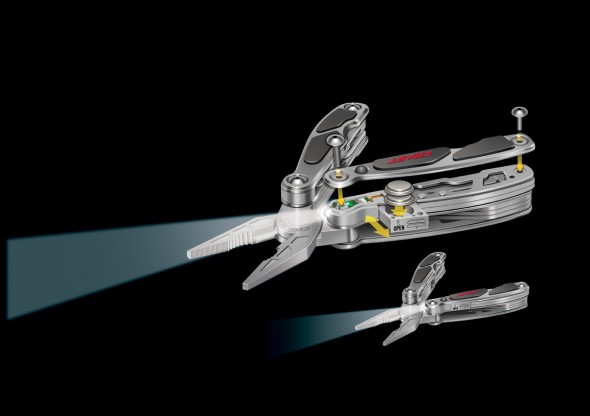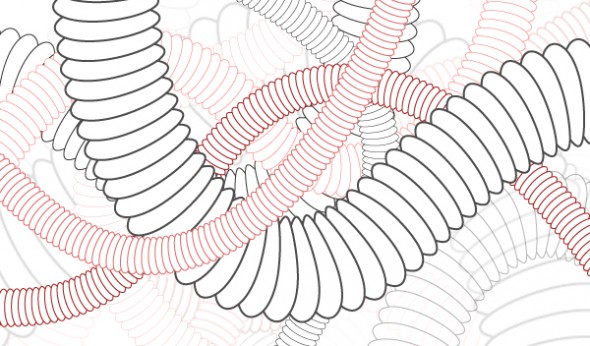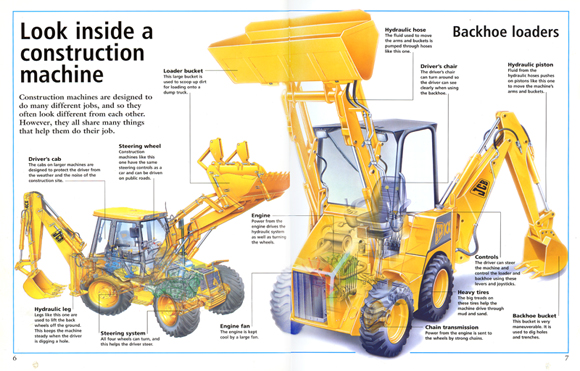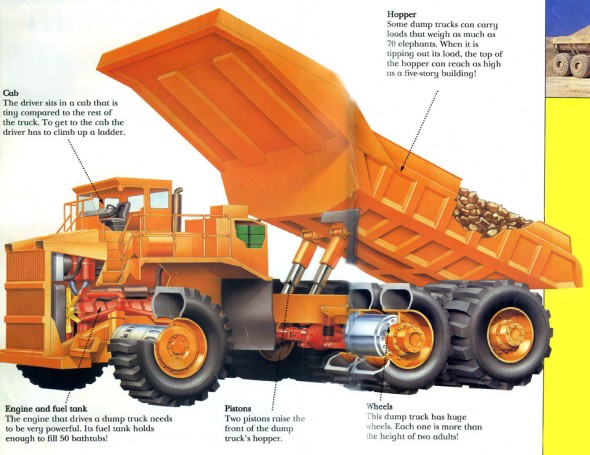Hey I’ve got a question for you freelancers.
I’ve got it in my head that freelancing is this wondrous thing where I get to work my own hours, and more importantly, live where I want to. I dream of living in a shack in the woods on a lake, or on an island somewhere, or just traveling around like some kind of gypsy nomad. Can you do that kind of thing (obviously dependent on internet availability) or do you need to stay closer to your big clients? Does all of your interaction with your clients happen through email/video conference/phone calls or do you meet face to face?
If you can live where ever you want to why did you choose to live where you do now?

